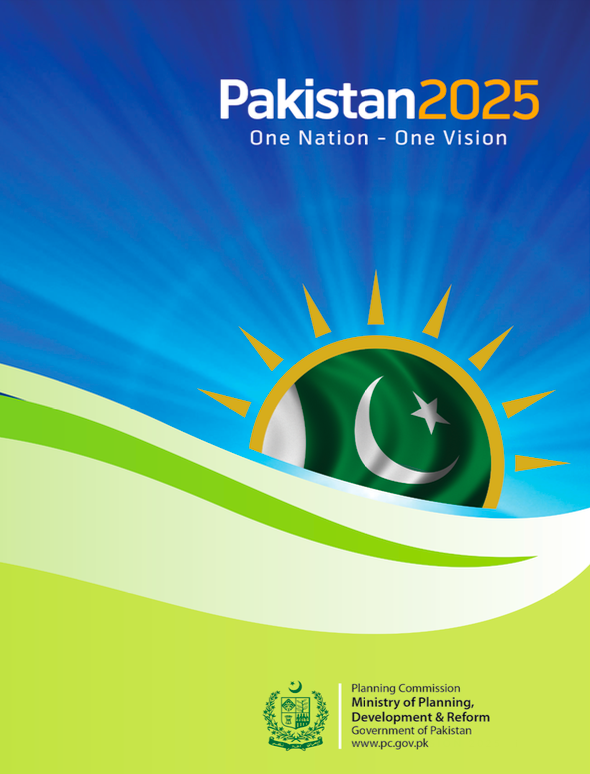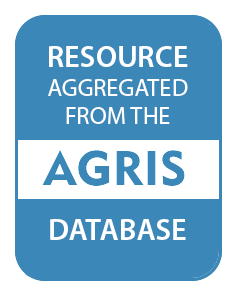In this paper, we estimate the allocative inefficiency of groundwater in Pakistani agriculture and compare it across a set of farm-level constraints, using a panel dataset of rural households. The farm-level constraints include tenure, farm size, access to surface water and location on a…
Pakistan Rural Household Panel Survey 2012 (Round 1.5), a sub-sample consisting of agricultural households captured in Round 1 of the Panel Survey, gathers detailed information on agricultural production and related issues from rural households in Pakistan. Round 1.5 covers 942 agricultural…
Understanding the role that aspirations play in promoting growth requires an understanding of where aspirations come from and how they can be raised through policy. A recent IFPRI report, “Aspirations in Rural Pakistan: An Empirical Analysis,” uses the 2012 Pakistan Rural Household Panel Survey…
This document presents the country’s strategy and road-map to reach national goals and aspirations. The ultimate goal envisioned is for Pakistan to be one of the 10 largest economies in the world by 2047. The seven pillars of Vision 2025 are based on the imperatives of embracing change and…
Extensive groundwater withdrawals in urban areas may cause water shortages, land subsidence, and water quality problems. The Quetta Valley is the largest population center in Balochistan province in western Pakistan. This area is arid and groundwater is the main water source for domestic and…
Swat is part of the high mountain Hindu-Kush Himalayan region of Pakistan, with diverse biophysical and socio-economic characteristics. The region is endowed with many fragile and fragmented ecosystems, and land use and land cover changes have accelerated destructive processes with irreversible…
The Persian Long-tailed Desert Lizard, Mesalina watsonana , is one of the most common and most widely distributed lizards on the Iranian Plateau extending from Iran to Pakistan and Afghanistan. The species is frequently encountered in various types of habitats. We collected over 600…
Energy is one of the essential inputs for economic development and industrialization. A reliable supply of energy is essential to maintain and to improve human being’s living conditions. The management of energy sources, rational utilization of energy, and renewable energy source usages are…
Floods are one of the most common hazards in the world, affecting people's lives and livelihoods. Flood hazard mapping and flood shelters suitability analysis are vital elements in appropriate land use planning for flood-prone areas. This paper describes application of Remote Sensing (RS)…
The paper demonstrates the application of a new water accounting plus (WA+) framework to produce information on depletion of water resources, storage change, and land and water productivity in the Indus basin. It shows how satellite-derived estimates of land use, rainfall, evaporation (E),…





